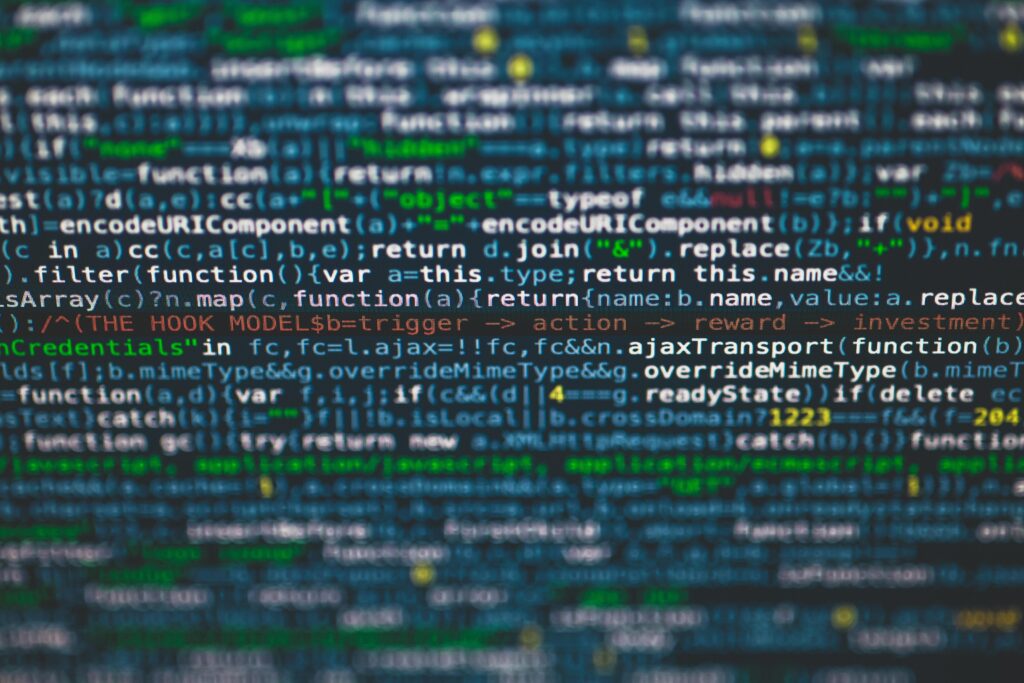The internet has come a long way—from static websites in the ‘90s to social media-powered platforms today. But we’re now witnessing the rise of a new era: Web3. Often described as the “decentralized internet,” Web3 promises to give power back to users, transforming how we interact, transact, and trust online.
But what exactly is Web3, and why is it being called the future of the internet?
What Is Web3?
Web3 refers to the third generation of internet services built on blockchain technology, offering decentralization, user ownership, and peer-to-peer interactions without relying on centralized authorities like Big Tech companies.
It’s an internet by the people, for the people.
How Web3 Works
At the core of Web3 is blockchain—a decentralized ledger that records transactions across multiple computers. Instead of a central server controlling data, Web3 spreads it across a distributed network. Users own their data, interact using crypto wallets, and execute actions through smart contracts.
No middlemen. No gatekeepers.
The Difference Between Web1, Web2, and Web3
| Generation | Description | Who Controls It |
|---|---|---|
| Web1 (1990s–early 2000s) | Read-only static websites | Centralized servers (corporate/government) |
| Web2 (2005–present) | Interactive and user-generated content (social media) | Centralized platforms like Google, Meta |
| Web3 (emerging) | Decentralized, user-owned, token-powered internet | Users and communities via blockchain |
Core Principles of Web3
-
Decentralization: No central authority controls the system.
-
Trustlessness: No need to trust a third party; the code ensures fairness.
-
Permissionless: Anyone can join and use the network freely.
-
Ownership: Users own their data and digital assets.
-
Interoperability: Apps can work seamlessly across chains.
Web3 Technologies Explained
-
Blockchain: The foundation of decentralized data.
-
Cryptocurrency: The digital currency powering Web3 economies.
-
Smart Contracts: Self-executing agreements coded into the blockchain.
-
dApps: Decentralized applications that don’t rely on centralized servers.
-
DAOs: Community-governed organizations operating through smart contracts.
The Role of Cryptocurrency in Web3
Tokens and cryptocurrencies aren’t just for trading—they’re tools for:
-
Accessing dApps
-
Voting in DAOs
-
Earning through staking or contributing
-
Transferring value without banks
Tokens are the fuel that powers this new internet economy.
What Are Smart Contracts?
Smart contracts are bits of code that run automatically when predefined conditions are met. Think of them as digital vending machines—if the input is right, the output is guaranteed.
No need for lawyers, banks, or brokers.
Decentralized Applications (dApps)
Unlike traditional apps, dApps:
-
Run on peer-to-peer networks
-
Have open-source code
-
Are censorship-resistant
-
Can’t be shut down by any single authority
Examples: Uniswap (DeFi), Audius (music), Mirror (publishing)
NFTs and Digital Ownership in Web3
NFTs (Non-Fungible Tokens) prove ownership of unique digital assets:
-
Art
-
Music
-
Tweets
-
Gaming skins
-
Virtual land
Web3 turns digital items into tradable, ownable assets.
The Rise of DAOs (Decentralized Autonomous Organizations)
DAOs are like companies without CEOs. They:
-
Use token-based voting
-
Run transparently on the blockchain
-
Distribute profits fairly
Think democracy meets automation—it’s the future of collaboration.
Why Web3 Matters to Individuals
-
Own your identity: Login without passwords or tracking.
-
Control your data: No more selling your information without consent.
-
Monetize directly: Artists, writers, and creators get paid without intermediaries.
It’s digital empowerment.
Web3 for Businesses and Creators
Brands and creators can:
-
Sell NFTs as access passes
-
Build tokenized communities
-
Launch DAOs to co-create with fans
-
Use blockchain for transparent operations
The middleman-free internet is a game-changer for business.
How Web3 Promotes Digital Freedom
Web3 provides tools to:
-
Avoid censorship
-
Move digital wealth freely
-
Communicate securely
-
Create without fear of takedown
Freedom of speech meets freedom of code.
Challenges and Criticisms of Web3
-
Complex user experience
-
Scalability issues
-
High energy usage (although this is improving)
-
Speculation and scams
-
Regulatory uncertainty
Still, innovation is ongoing, and solutions are emerging daily.
Web3 and the Creator Economy
Web3 puts power back into the hands of creators by:
-
Eliminating platform fees
-
Letting fans invest directly
-
Enabling royalty-earning NFTs
-
Giving creators full control over their communities
From Patreon to blockchain—welcome to the creator renaissance.
Security and Privacy in Web3
Web3 offers:
-
Better encryption
-
Self-sovereign identity
-
No reliance on email/password logins
But risks remain, including phishing, rug pulls, and wallet hacks. Stay informed. Use cold storage. Verify links.
Web3 Careers and Opportunities
Hot Web3 roles in 2025 include:
-
Smart Contract Developer
-
Community Manager (DAO)
-
Blockchain UX Designer
-
Tokenomics Strategist
-
Web3 Legal Consultant
This is a once-in-a-generation job market shift.
Future of Web3 and the Metaverse
Web3 is laying the foundation for:
-
Metaverse economies
-
Virtual real estate
-
Blockchain-based gaming
-
AI + Web3 integrations
It’s not just the future of the web—it’s the future of everything digital.


